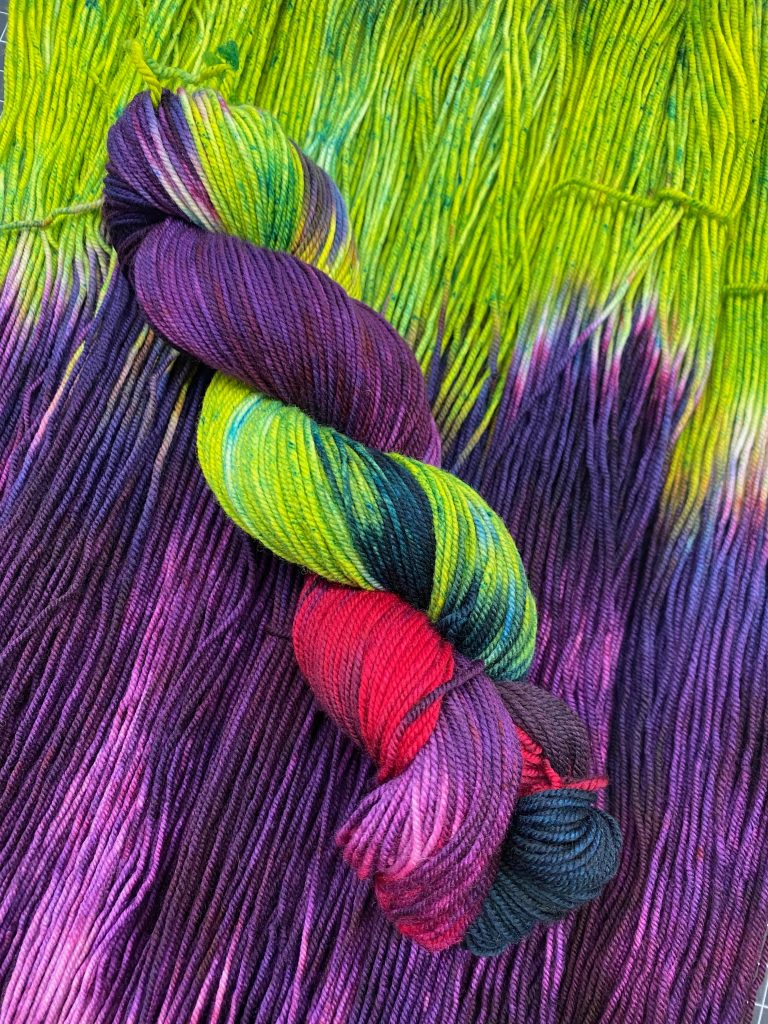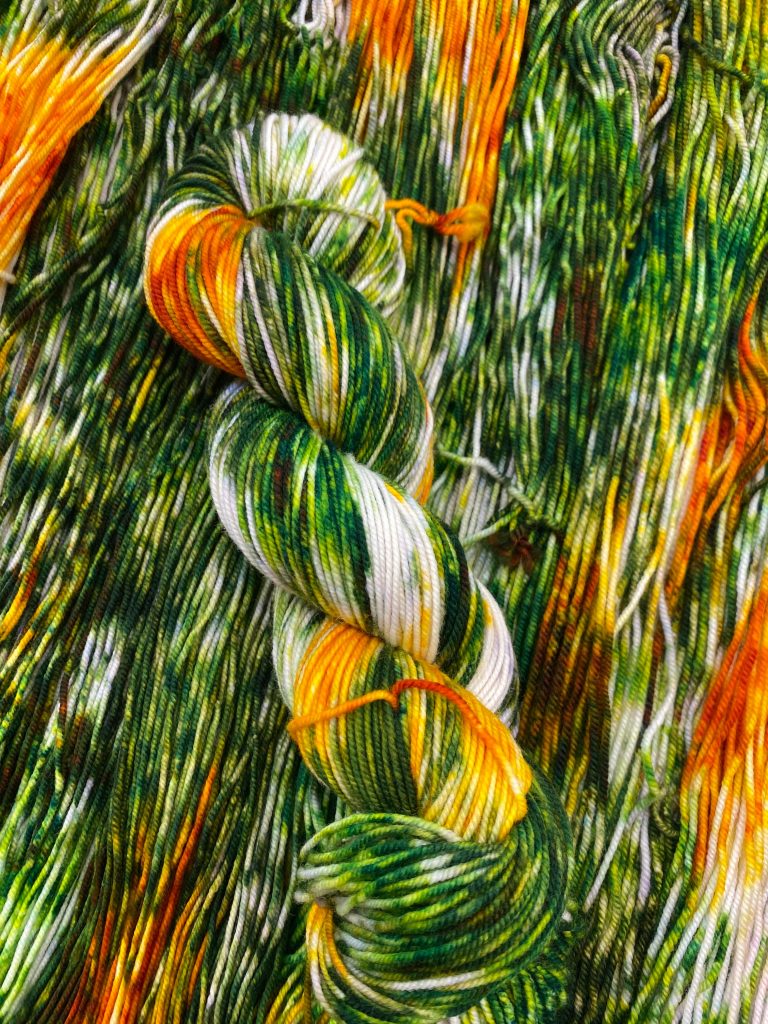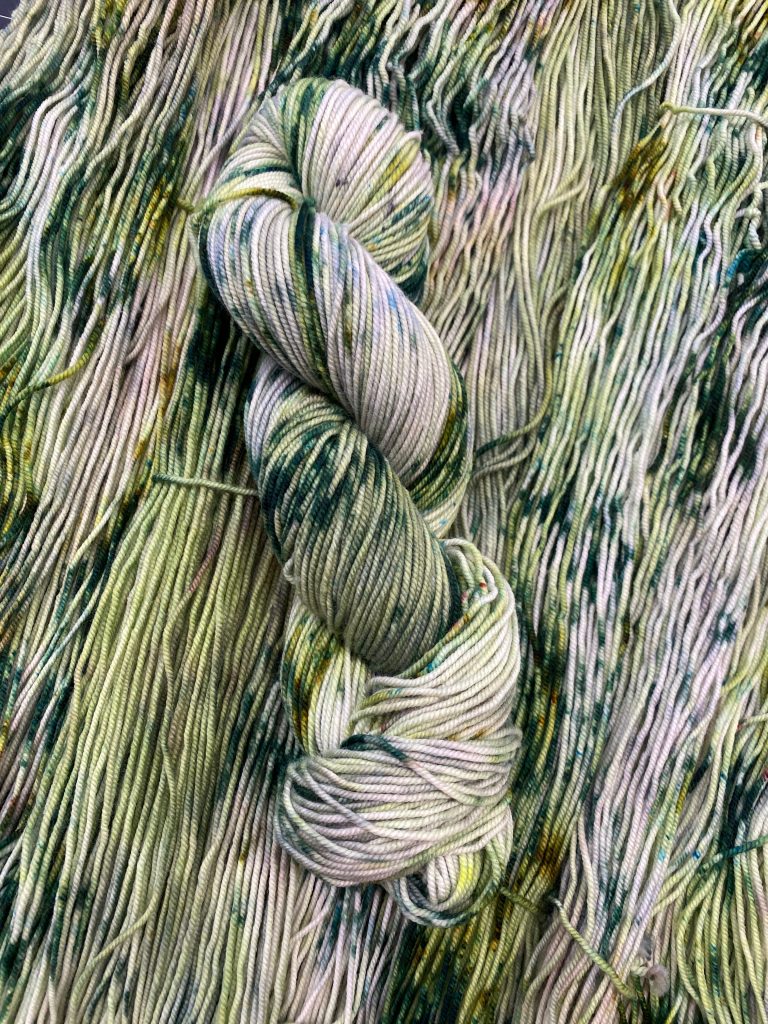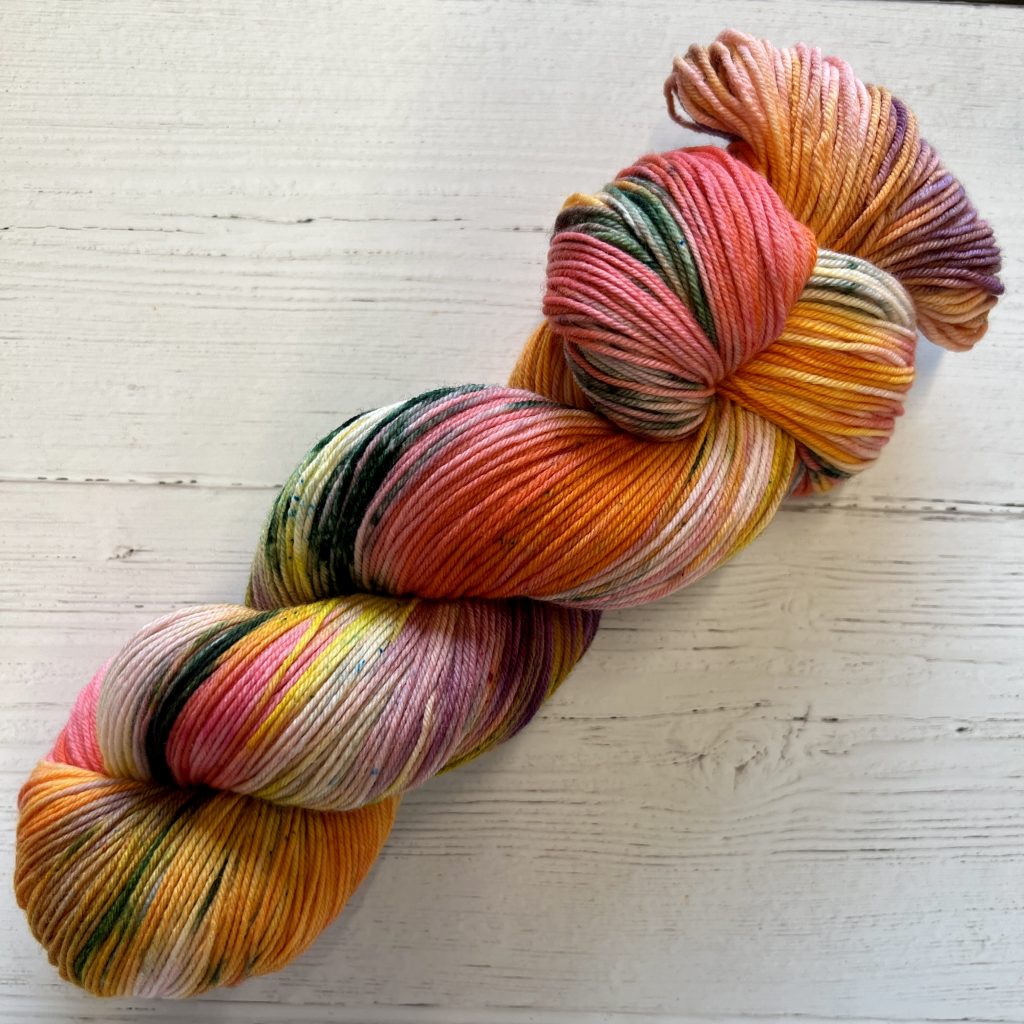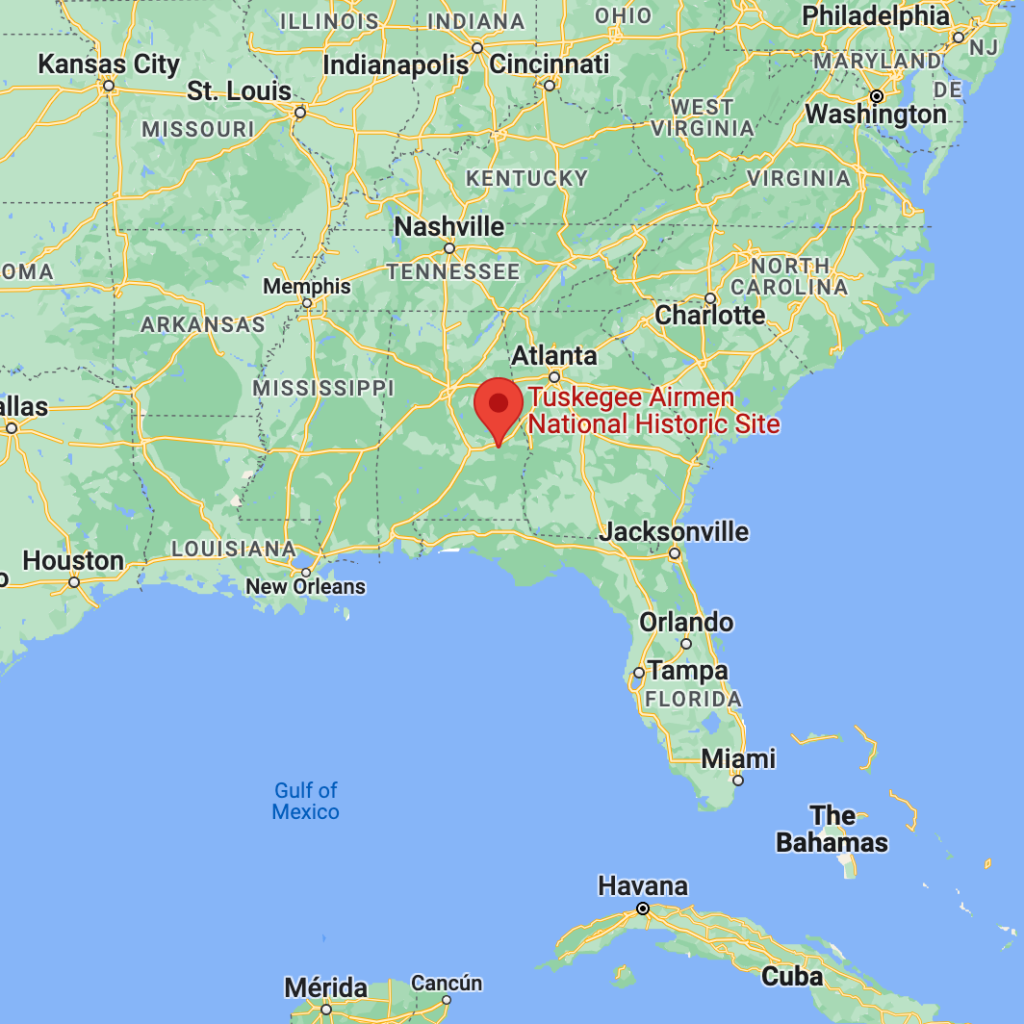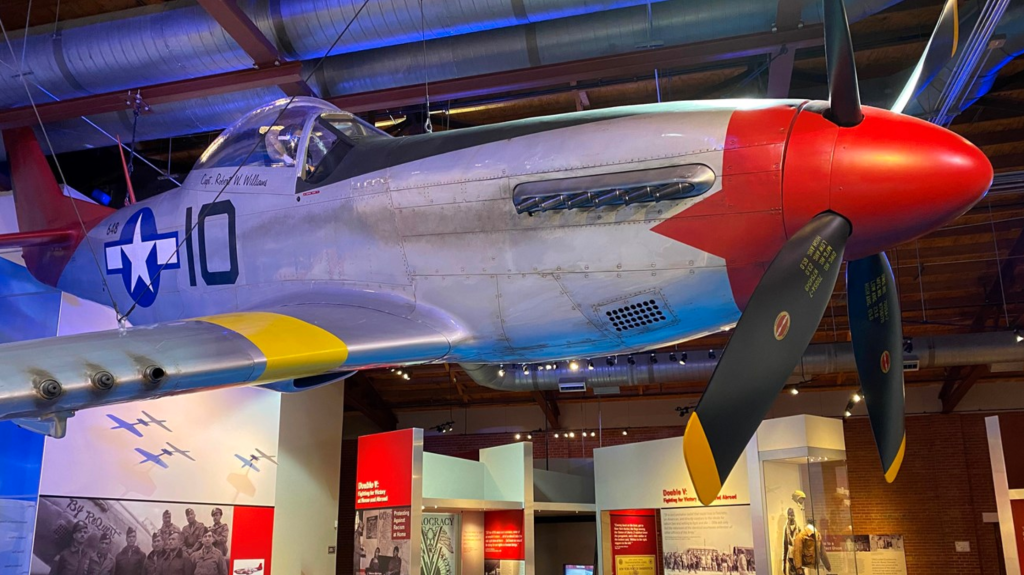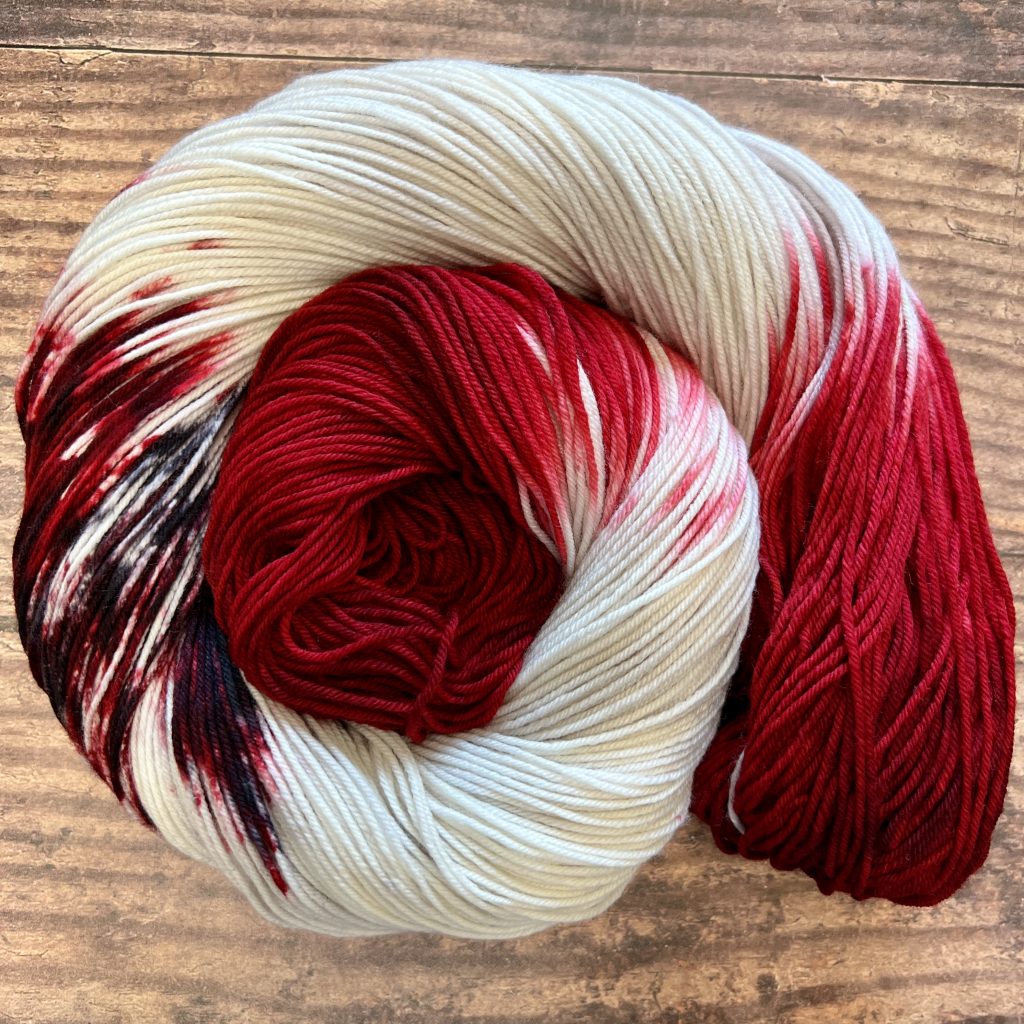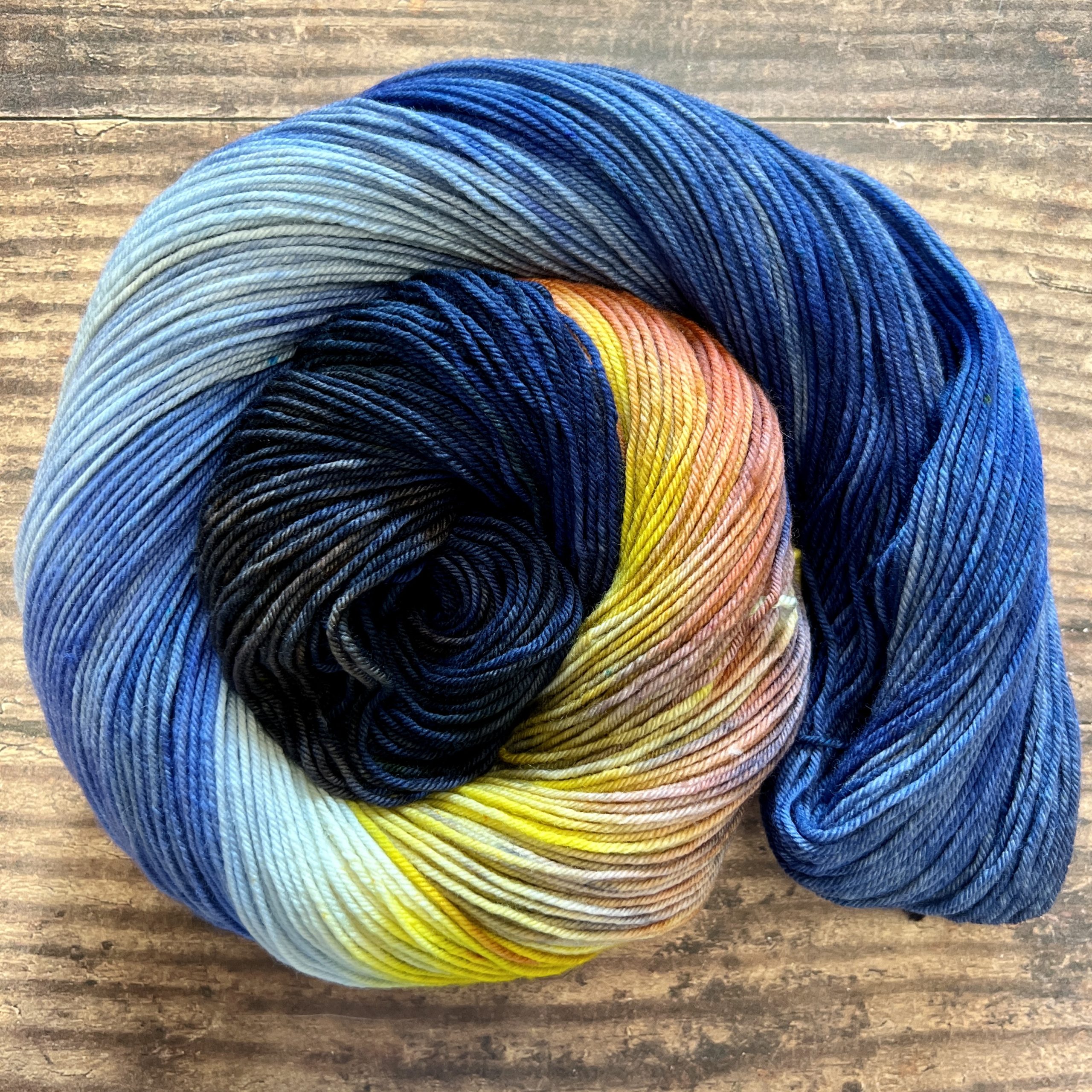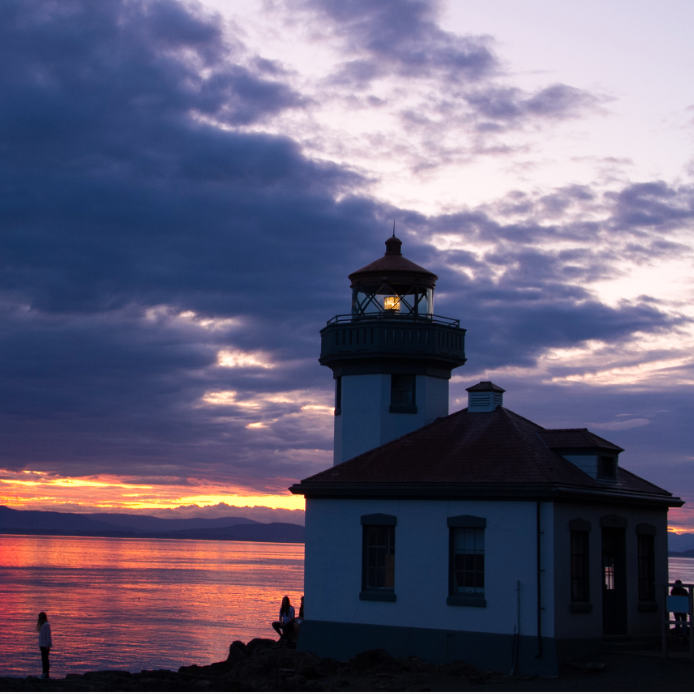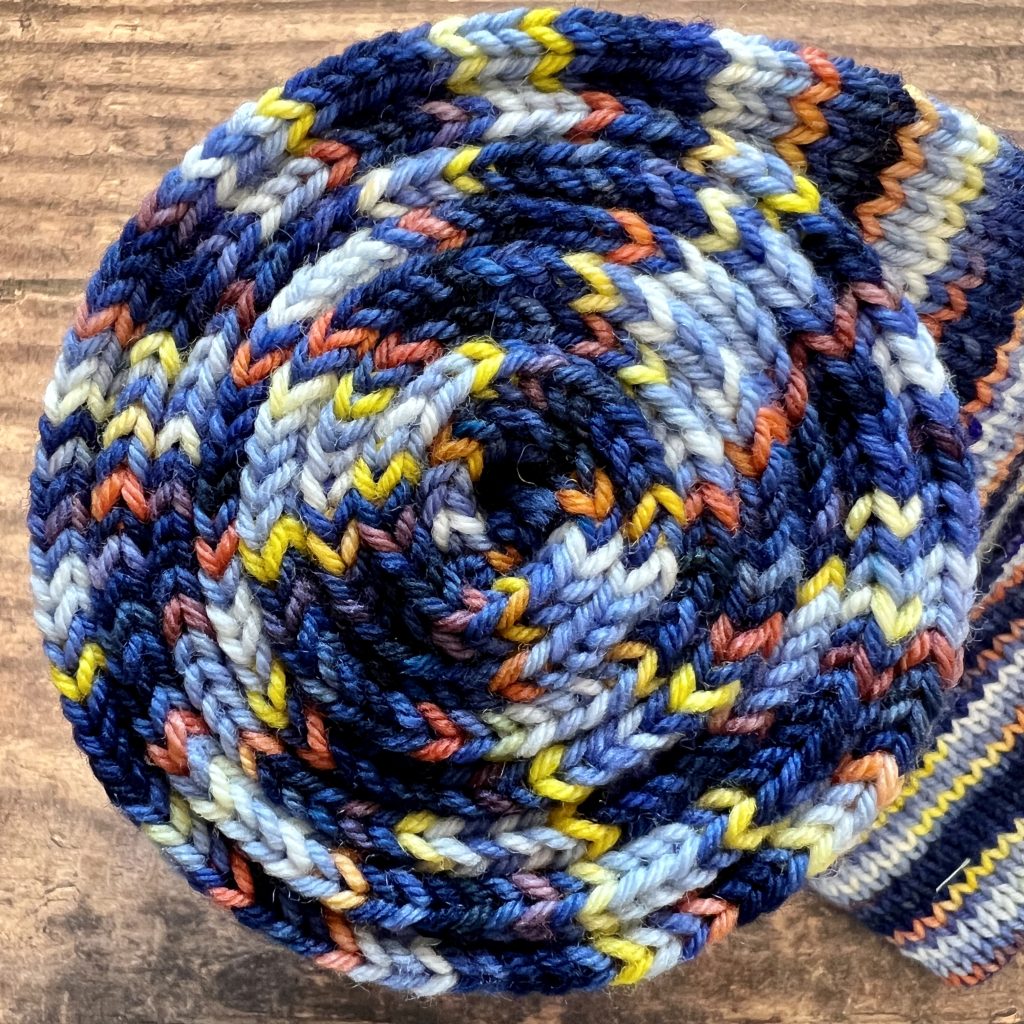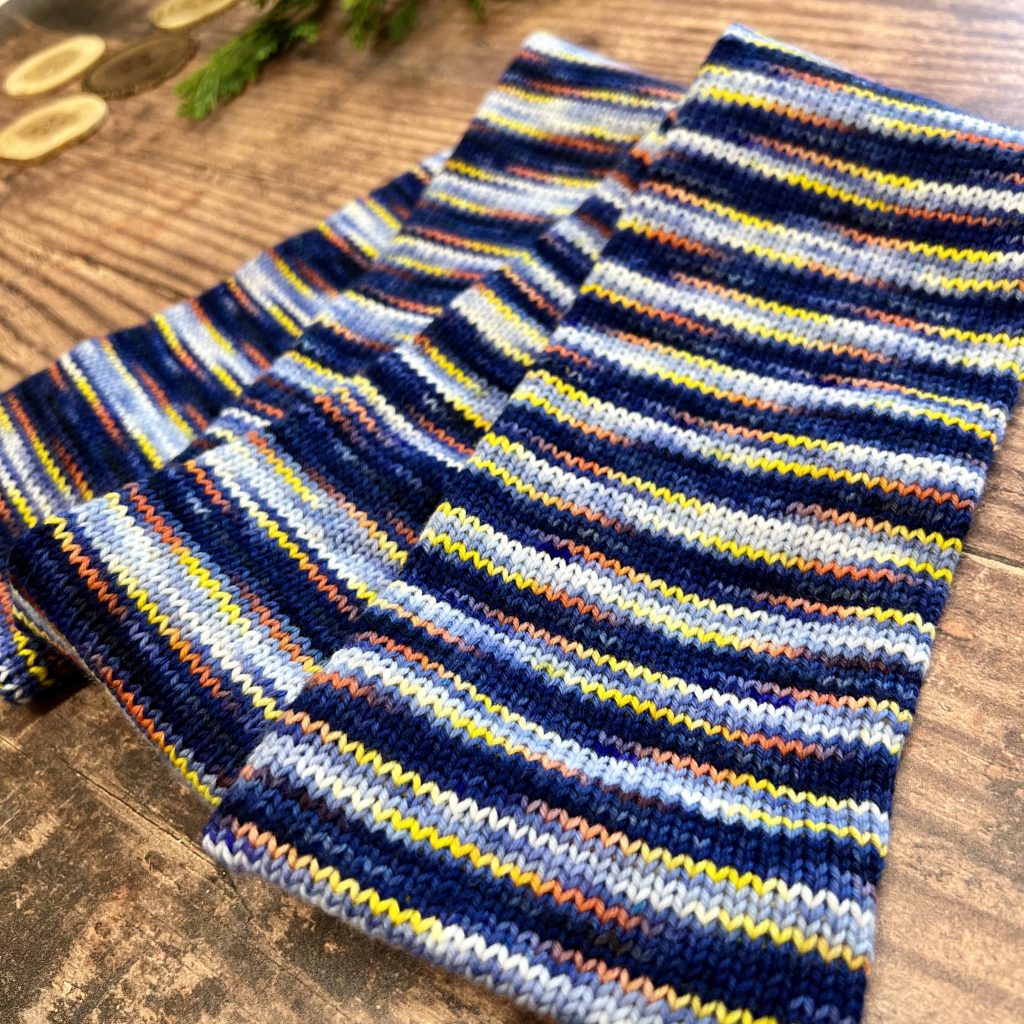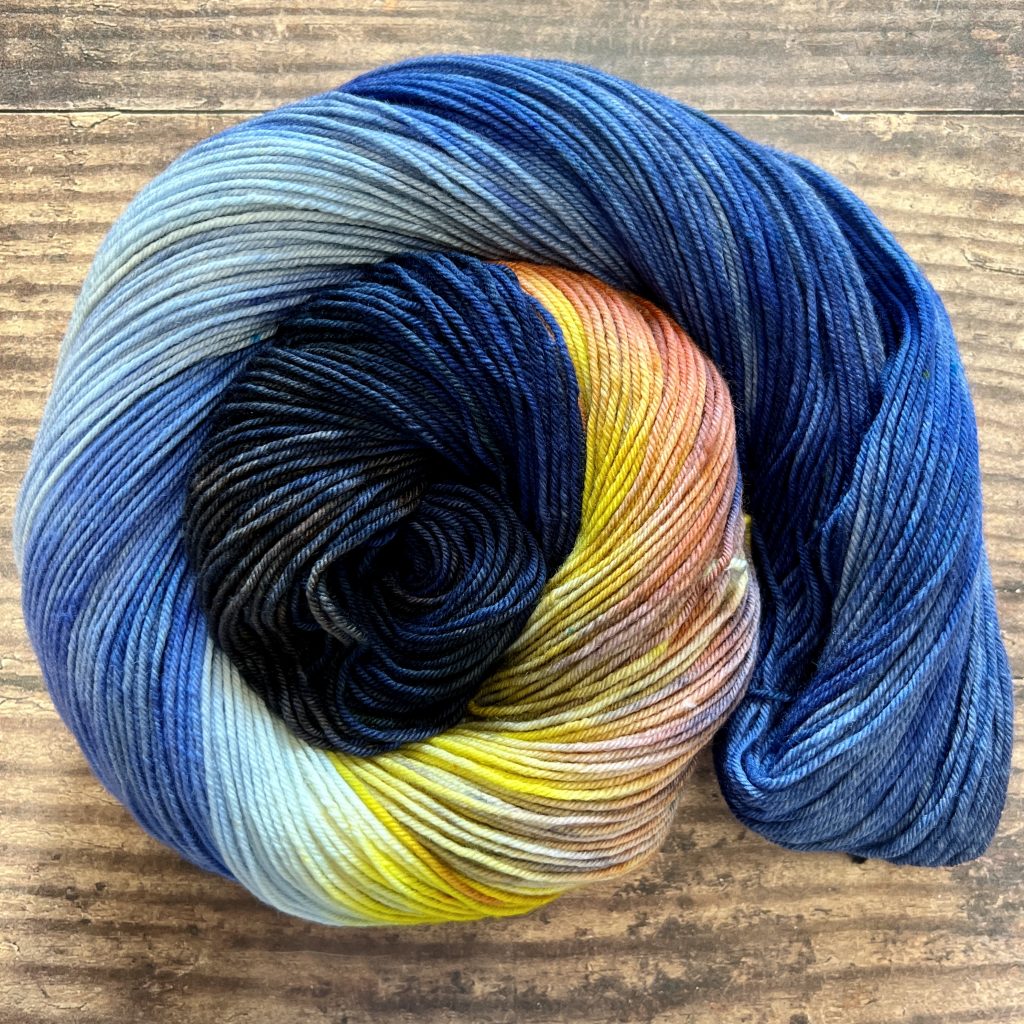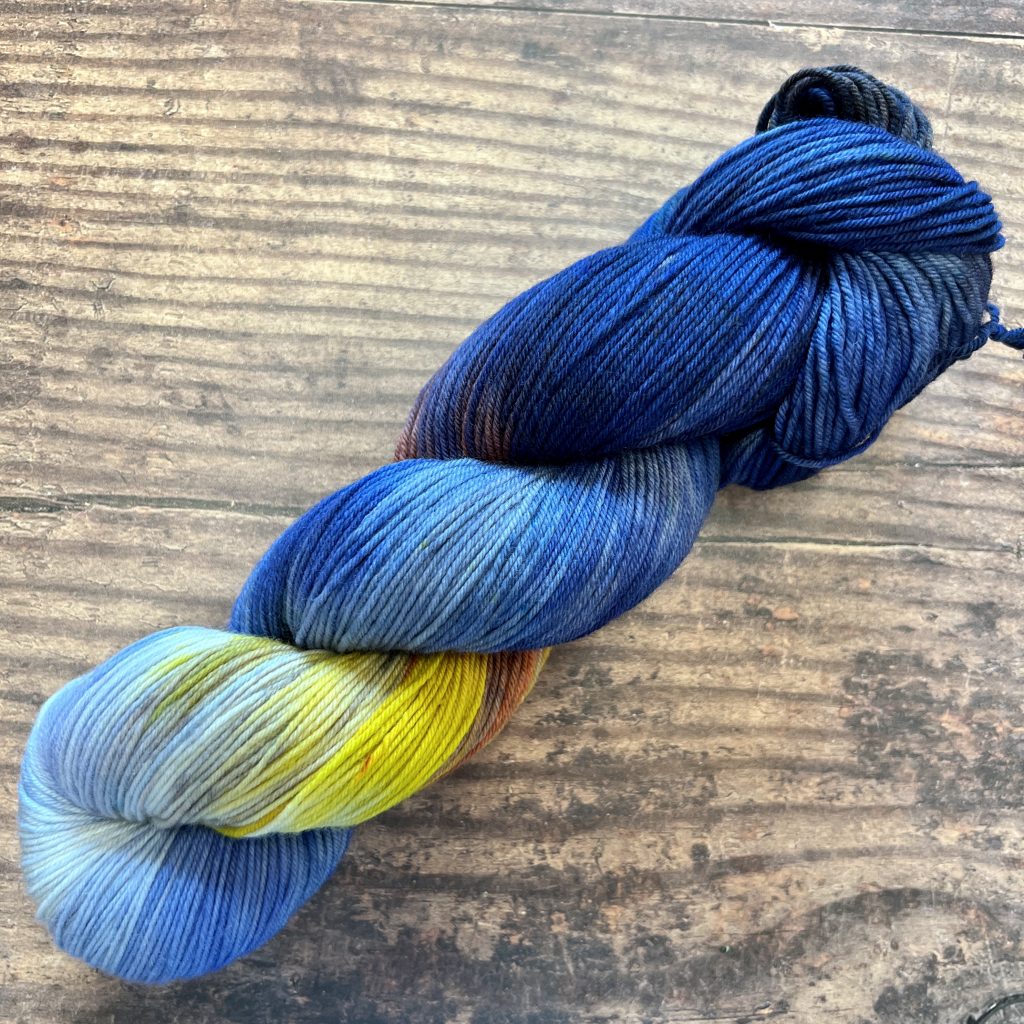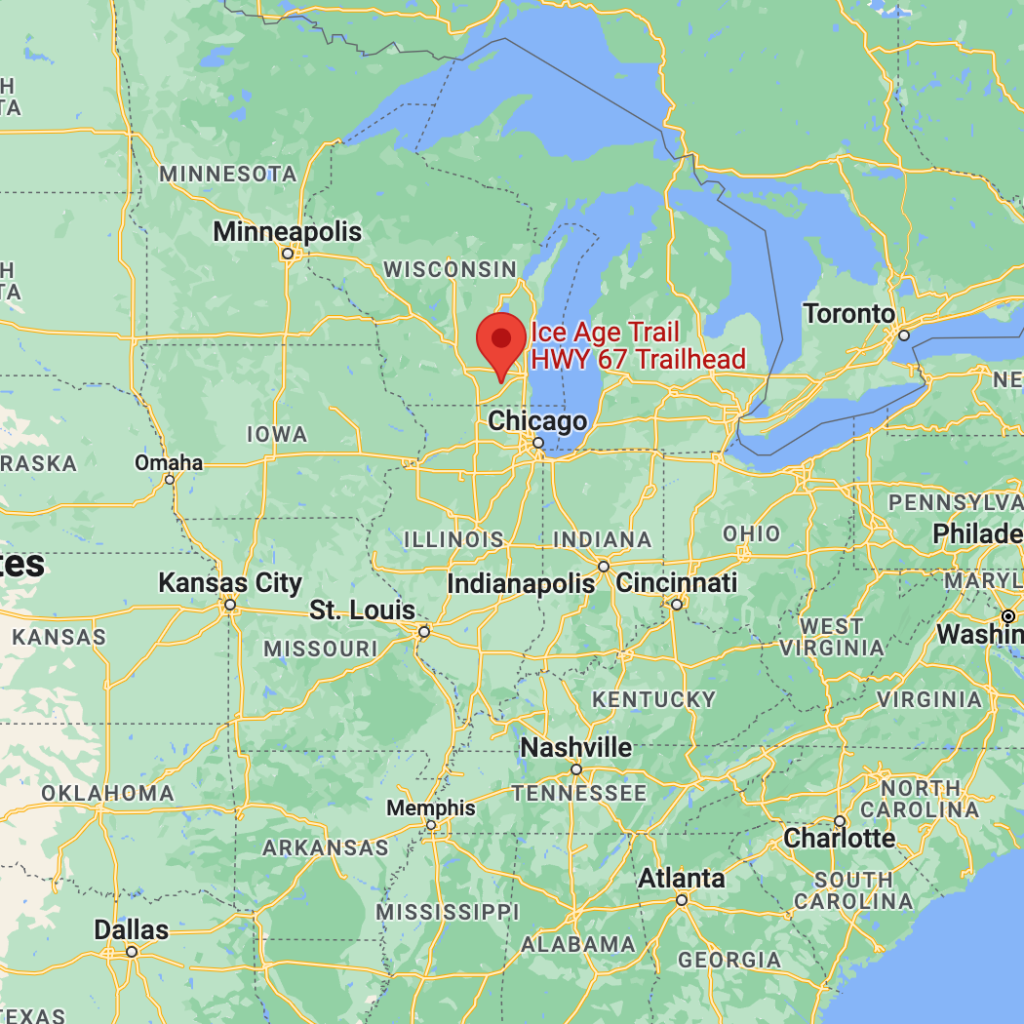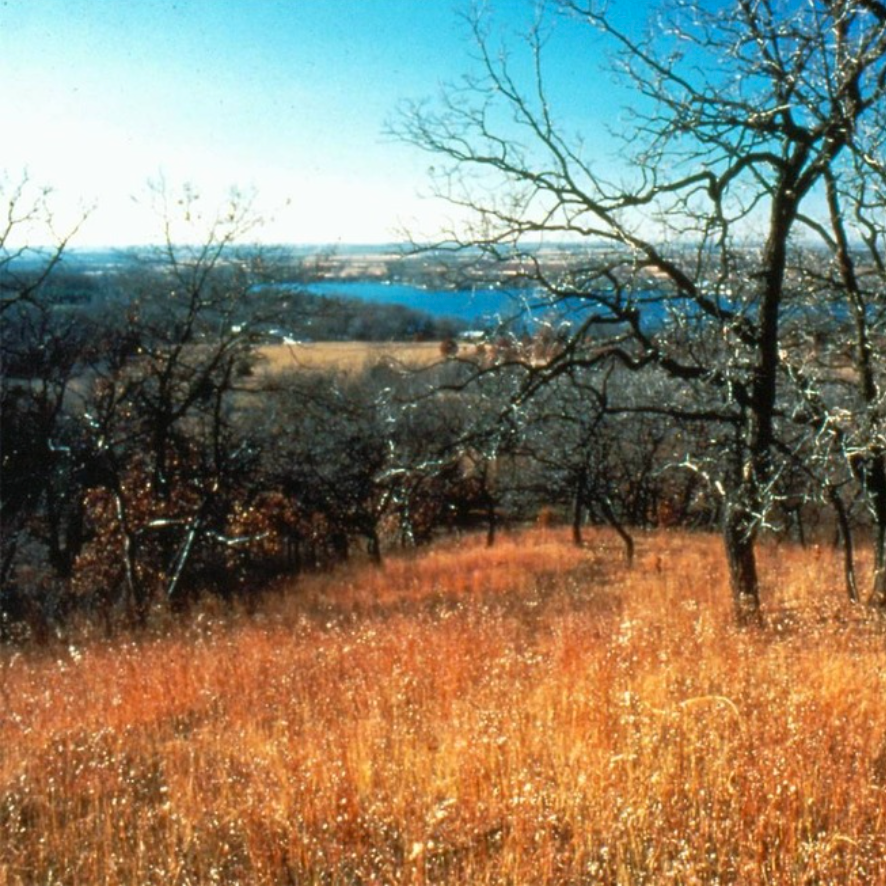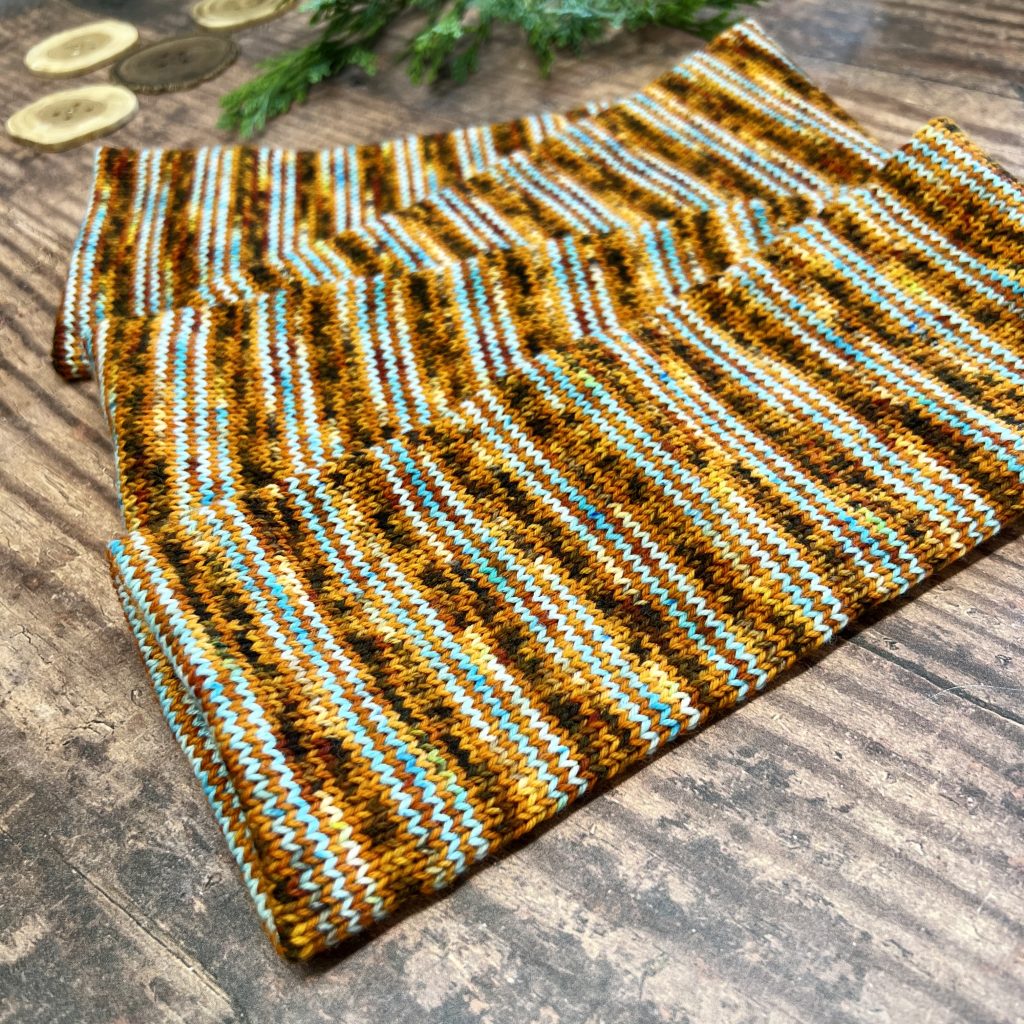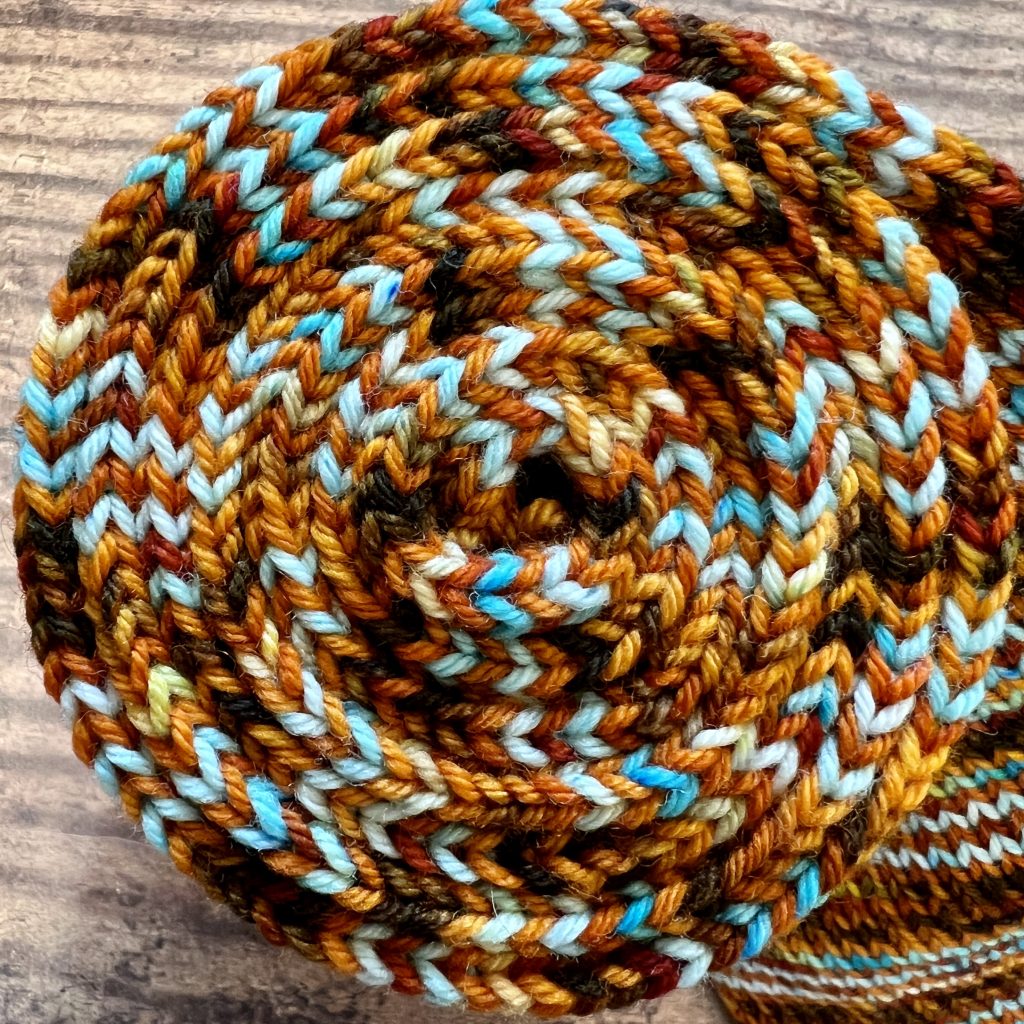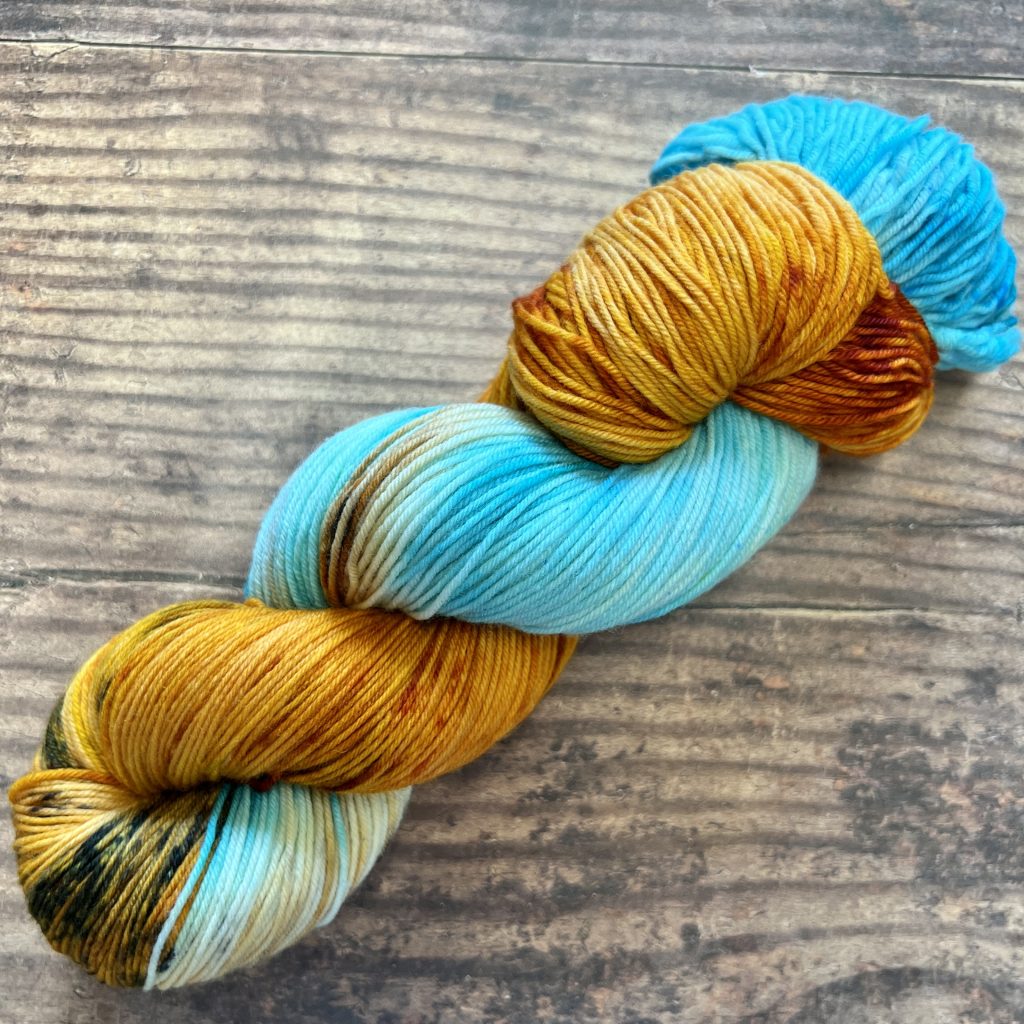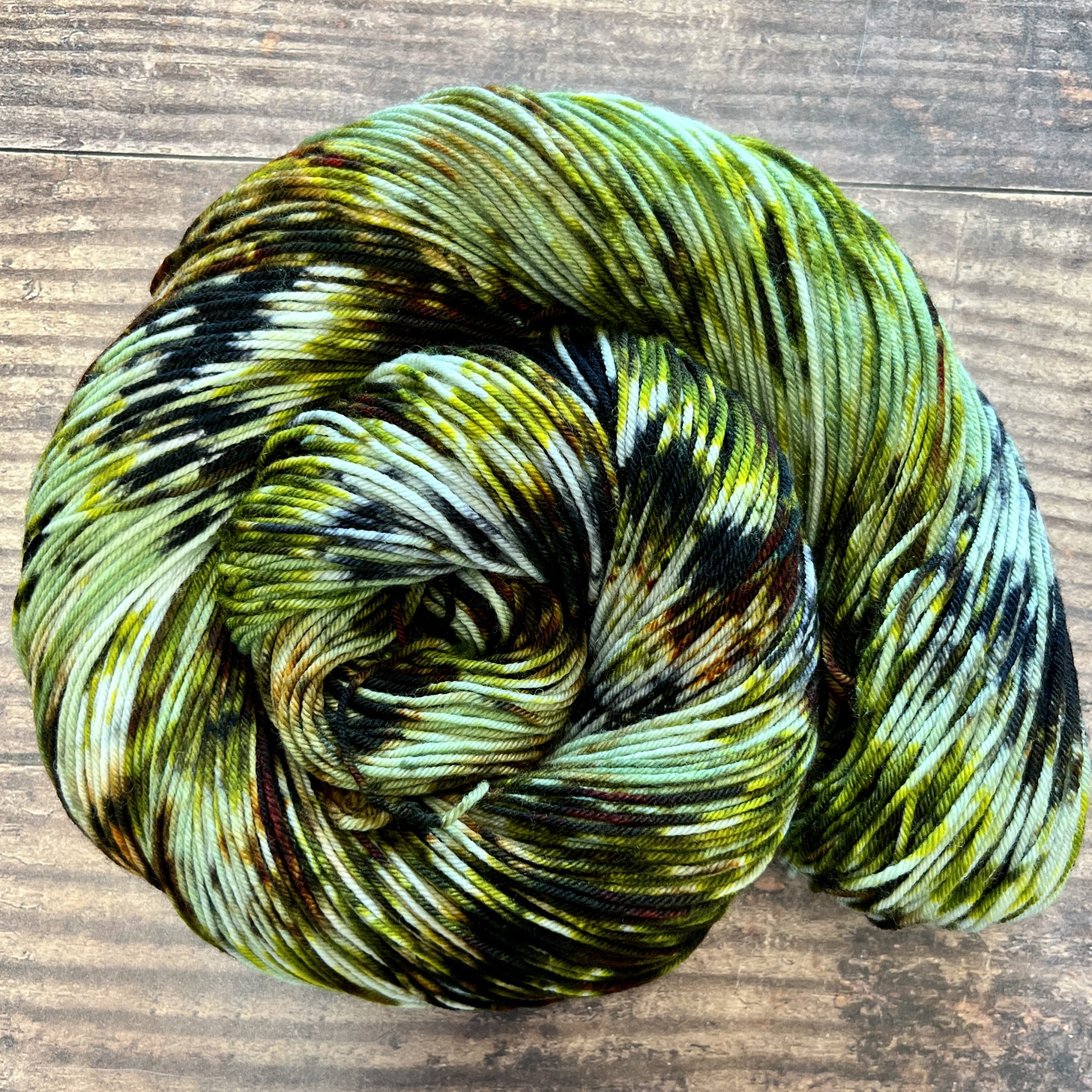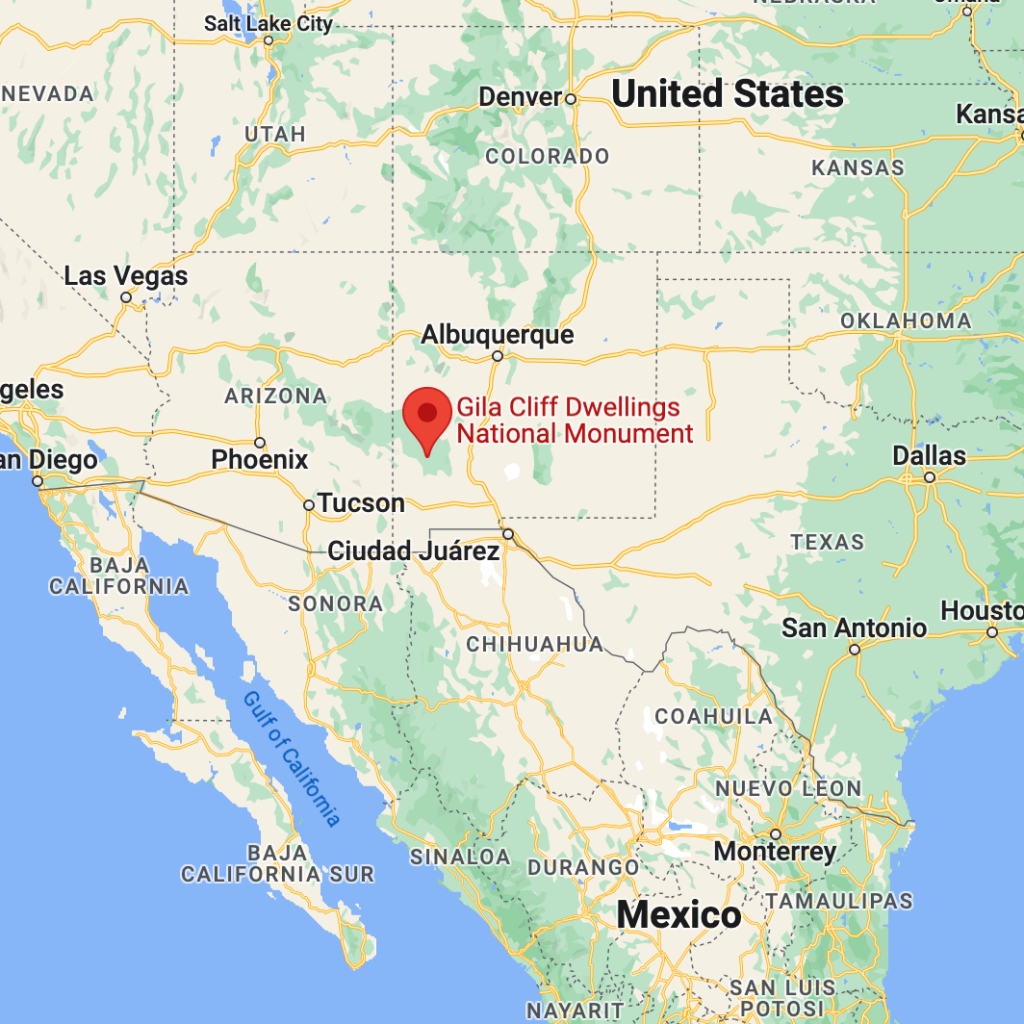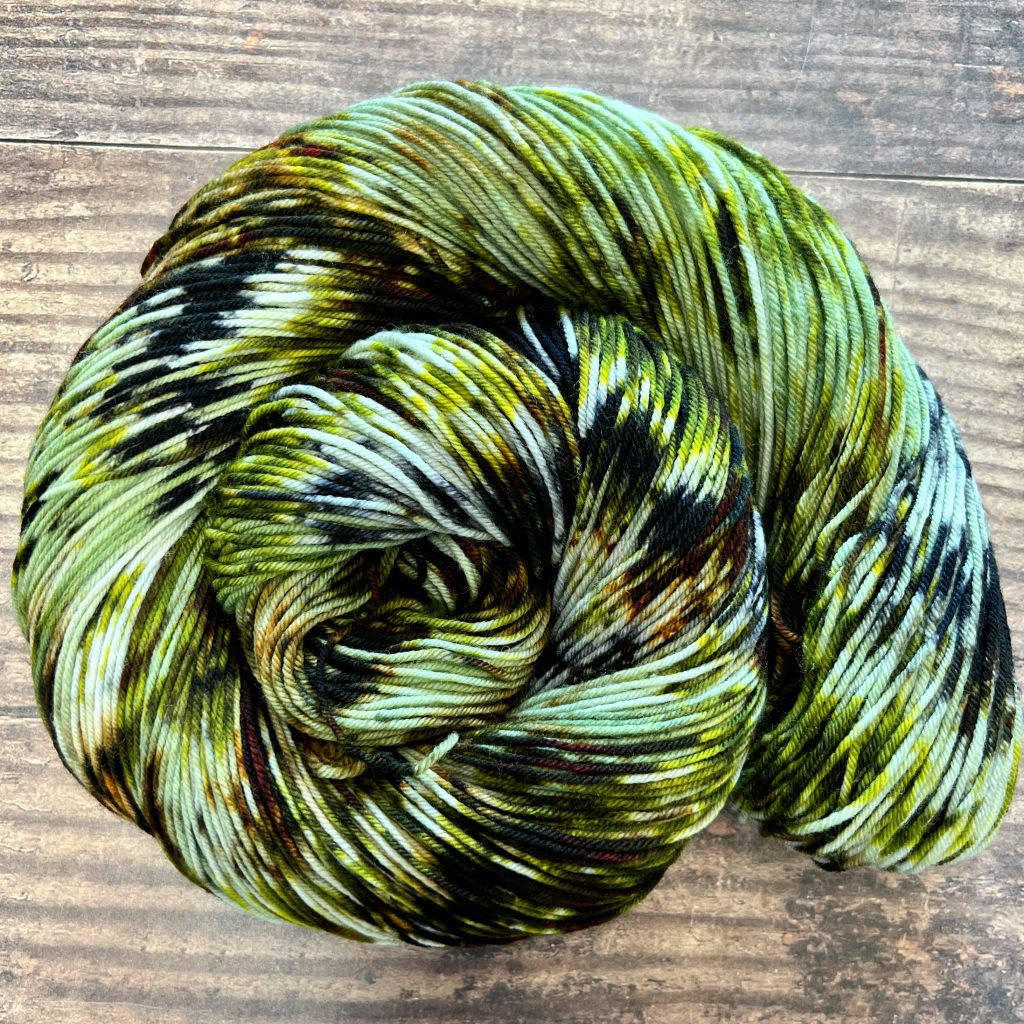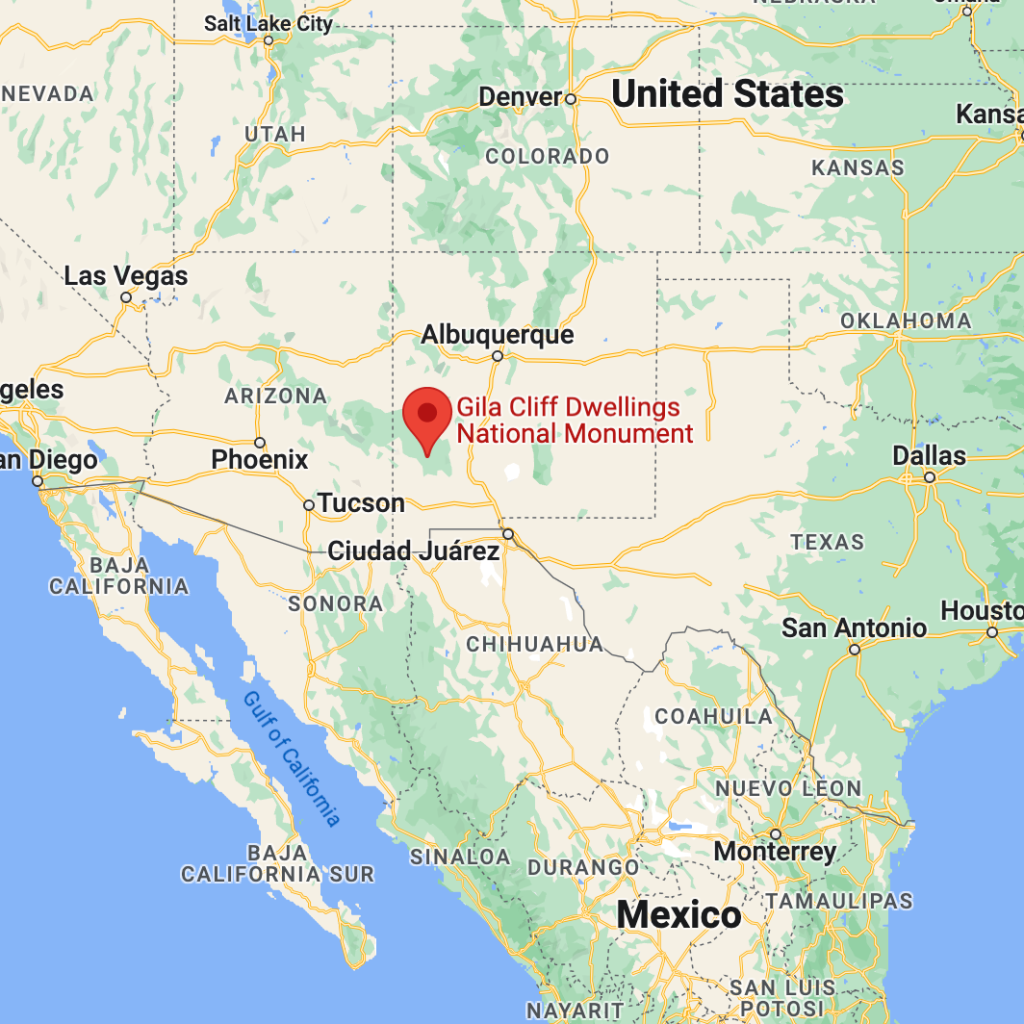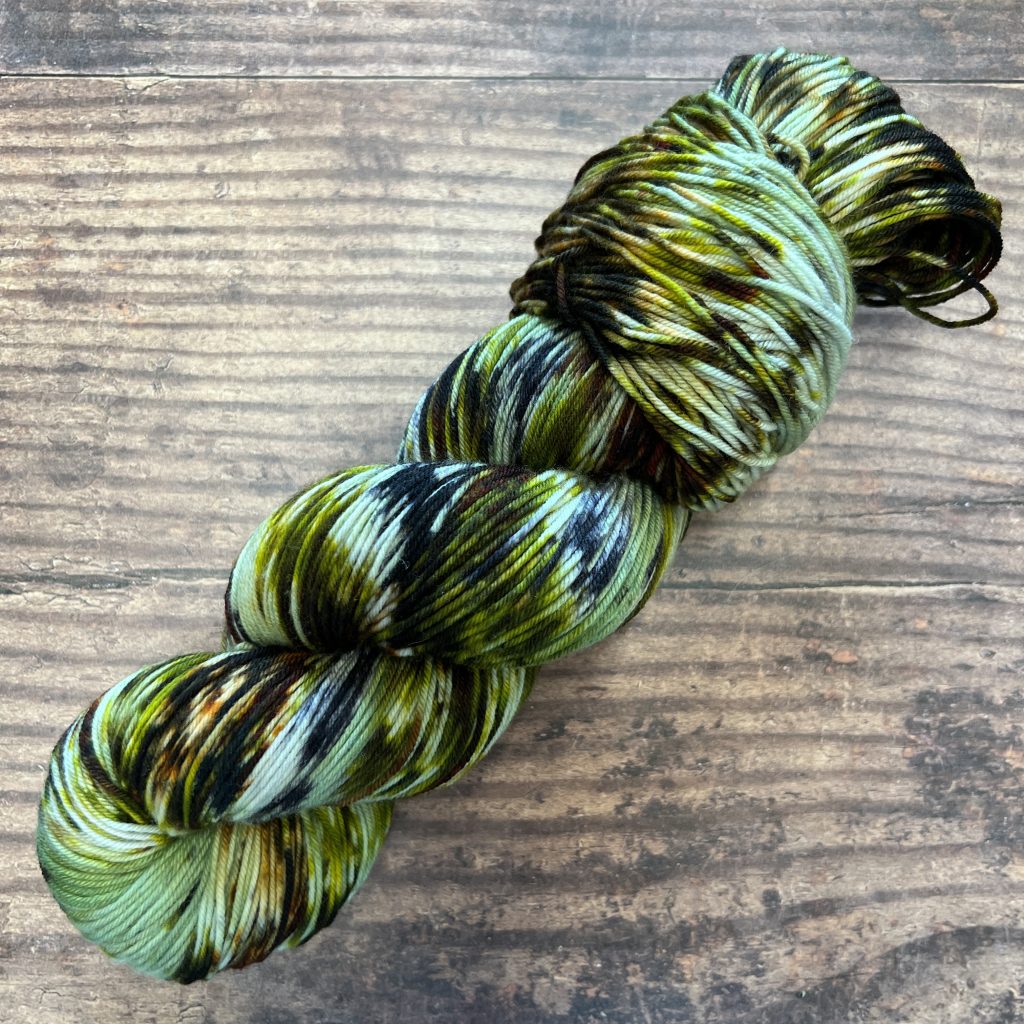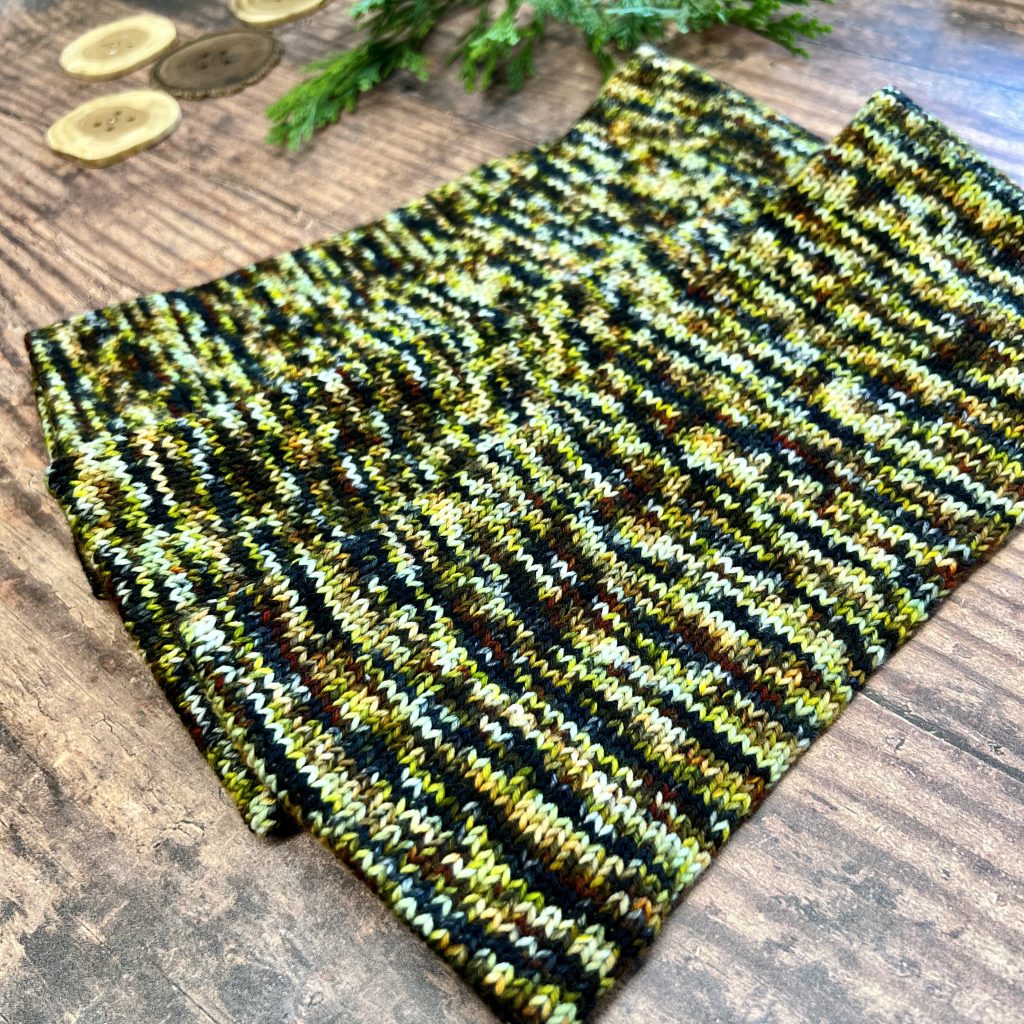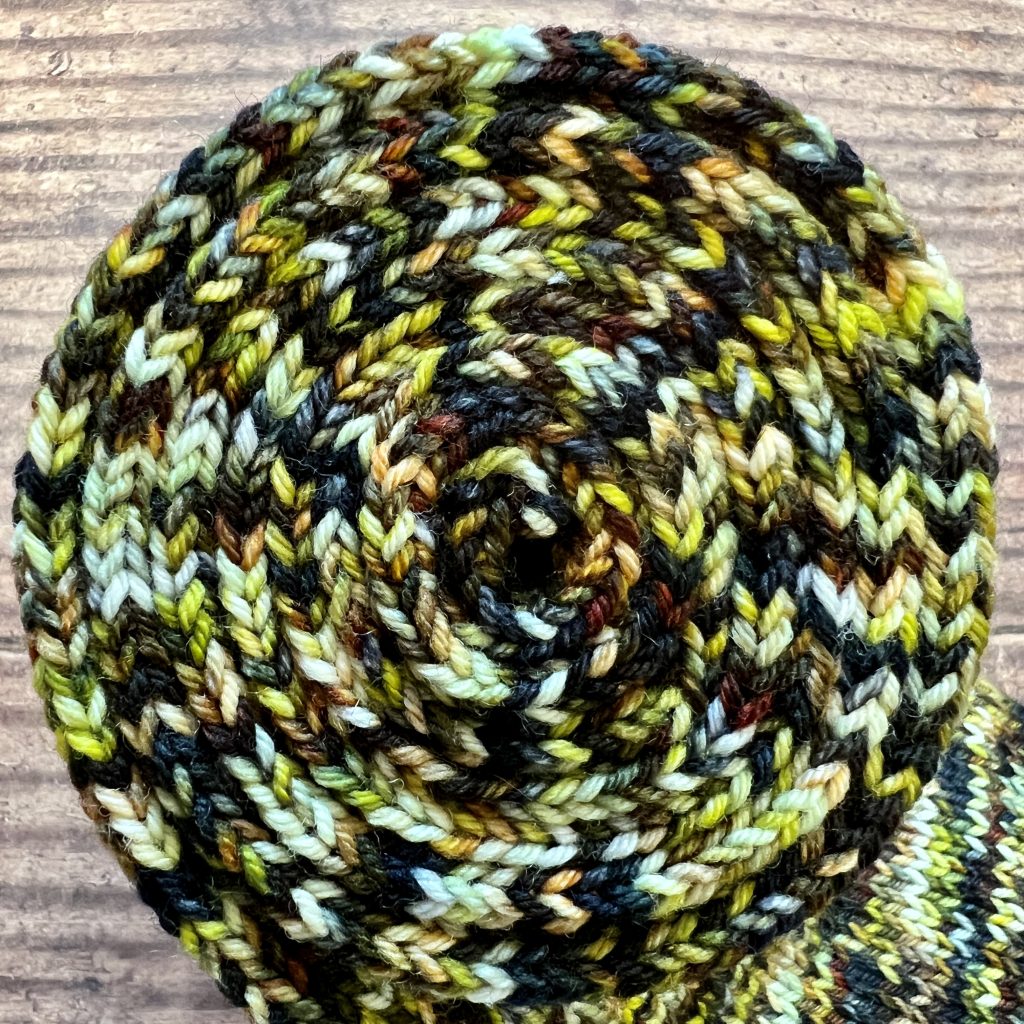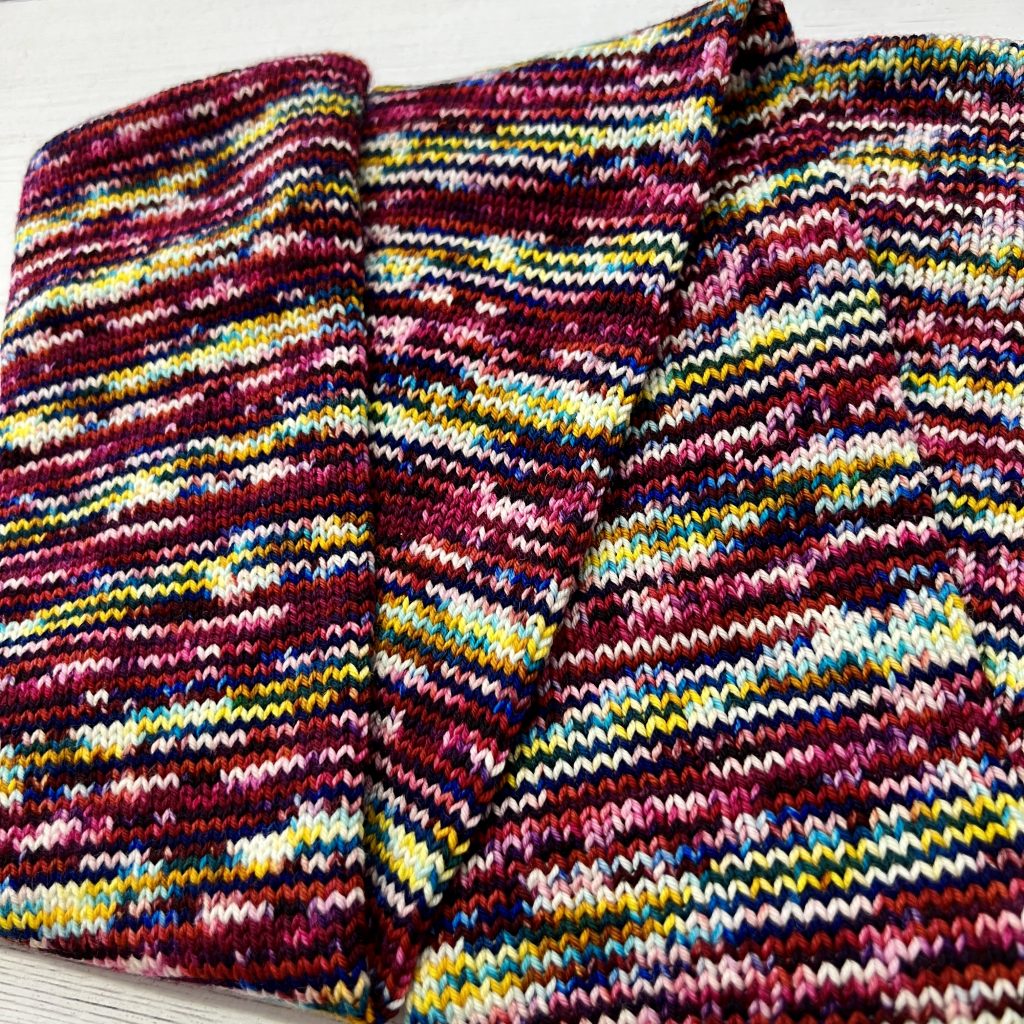Summer is for reading romance, and we can’t think of romance and NOT think of Alyssa Cole! She’s definitely one of those Jacqueline-of-all-trades romance writers; she has written historical romance, speculative romance, royal romance, and even non-romance thrillers and graphic novels. Cole has always read romance, and in fact, when she was young, she’d Wite-Out descriptions of ivory or pale skin, changing them to brown, so she could see herself in the stories. (As a very interesting aside, particularly as we delve into writers of color and the ways in which they constantly have to prove their stories worthy of publication, is a data point from a Pew Research study which found that the most likely person to read a book, in any format or genre, is a Black, college-educated woman. And Black authors are constantly told there’s not a market for their stories. In fact, 95% of books published between 1950 & 2018 were written by white people.)
One of Cole’s core beliefs is that writing romance, particularly the way she writes romance, is inherently political. Writing a book that centers a Black woman, and writing that Black woman as a fully formed human in a world that’s always trying to say otherwise, is inherently political. Don’t get us wrong, her books are loads of fun to read, but by their very nature, they contain deeply moving statements on race, sexism, otherness, resilience, and agency. And, although her books don’t shy away from addressing the very real issues and concerns of a Black woman in the era in which the book is written, each of her stories is suffused with a beautiful optimism. Because these are, after all, romance books, and the very definition of romance means that they must end with an HEA (Happily Ever After).
There is so much we could say about Alyssa Cole, because she is pretty awesome, but we only have so much space. We’ll summarize here. She was deeply involved in a reckoning that happened in the Romance Writer’s of America organization in 2019 that brought to light the deep structural racism inherent in the organization, and has been instrumental in diversifying that group. In 2020, she was an organizer of a massive fund-raising effort to turn Georgia blue with Stacey Abrams (who is also a romance writer!). She is outspoken, she is talented, and she is political as heck. If you’d like to read a bit more about her, in her own words, check out this article she wrote for Oprah’s magazine: oprahdaily.com/entertainment/a34995007/romance-novels-politics-alyssa-cole
Our August colorway, in honor of Alyssa Cole, is Reluctant Royal, named after our favorite series by her.
Books by Alyssa Cole:
- An Extraordinary Union (and the rest of the Loyal League books)
- Signal Boost (and the rest of the Off the Grid books)
- Princess in Theory (and the rest of the Reluctant Royals books)
- When No One is Watching
Want more like this? Here are some other authors we suggest you read/listen to:
- Courtney Milan
- Amy Lea
- Kennedy Ryan
- Beverly Jenkins
- Vivian Stephens
- Nana Malone






